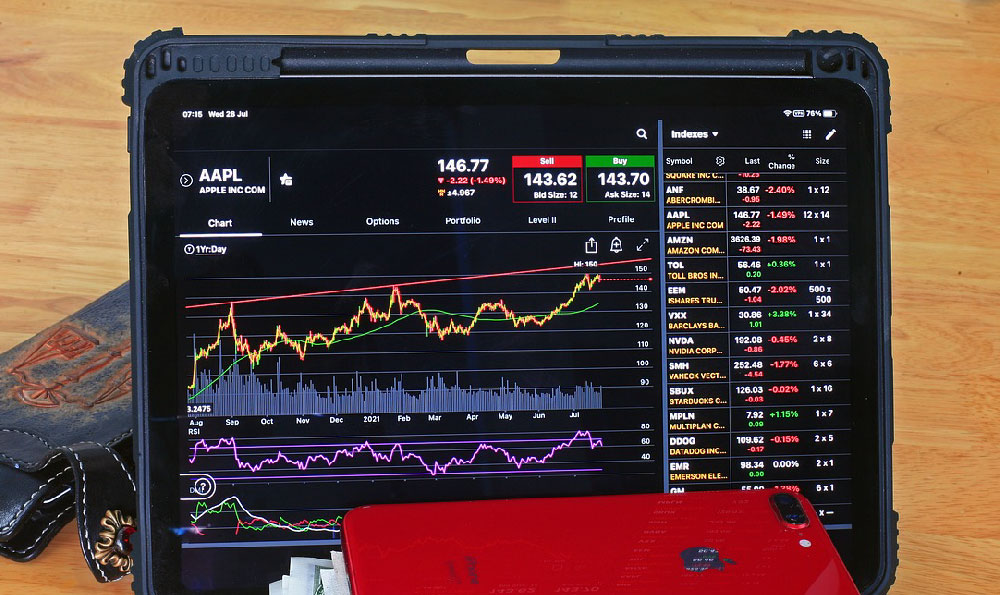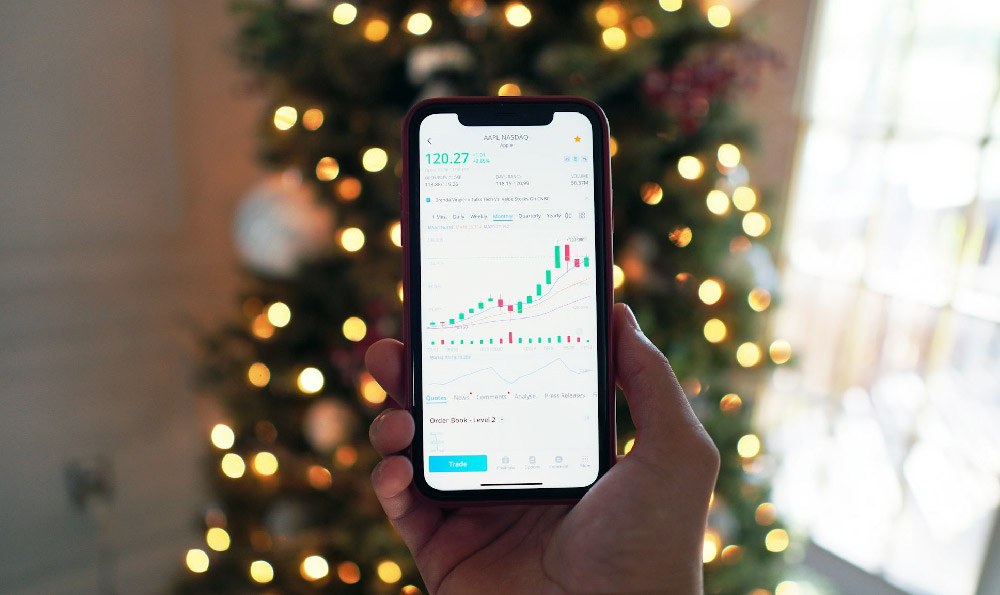Okay, I'm ready. Here's an article addressing the prompt, written with an informative and engaging style, avoiding numbered lists and focusing on a comprehensive explanation.
``` Investing in ETFs: Where to Begin, and Why Now? (Omitted from Article Text)
Exchange-Traded Funds (ETFs) have become a cornerstone of modern investing, offering a blend of diversification, liquidity, and cost-effectiveness that appeals to both novice and experienced investors. Their surge in popularity isn't accidental; it reflects a fundamental shift in how individuals approach wealth building. But with a vast universe of ETFs available, navigating the landscape can feel daunting. Understanding the basics, identifying your financial goals, and recognizing the current market environment are crucial steps in successfully integrating ETFs into your investment portfolio.

The allure of ETFs lies primarily in their ability to provide instant diversification. Unlike individual stocks, which expose investors to the fortunes (or misfortunes) of a single company, an ETF tracks an index, sector, or investment strategy, effectively spreading risk across a basket of assets. Imagine wanting exposure to the technology sector. Buying shares in a single tech giant like Apple or Microsoft can be risky; a negative news event or competitive pressure could significantly impact the stock price. However, a technology ETF, such as one tracking the Nasdaq 100, invests in a broad range of technology companies, mitigating the impact of any single company's performance. This diversification is particularly beneficial for new investors who may lack the capital or expertise to build a diversified portfolio of individual stocks.
Before diving into specific ETFs, it's imperative to define your investment objectives. What are you hoping to achieve with your investments? Are you saving for retirement, a down payment on a house, your children's education, or simply seeking to grow your wealth over the long term? Your time horizon and risk tolerance will significantly influence the types of ETFs you choose. For instance, a younger investor with a long time horizon might be comfortable with a higher allocation to growth-oriented ETFs, such as those focused on emerging markets or innovative technologies. In contrast, an investor closer to retirement might prefer a more conservative approach, emphasizing ETFs that provide income, such as bond ETFs or dividend-paying equity ETFs. Risk tolerance, often measured by an investor's willingness to withstand market fluctuations, is another key factor. It's crucial to realistically assess your ability to handle potential losses without panicking and making rash decisions.
Once you have a clear understanding of your goals and risk tolerance, you can begin exploring the different types of ETFs available. Equity ETFs are the most common, tracking broad market indexes like the S&P 500 or specific sectors like healthcare or energy. Bond ETFs provide exposure to the bond market, offering a range of maturities and credit qualities. Commodity ETFs track the prices of commodities like gold, oil, or agricultural products. Specialty ETFs focus on niche areas such as socially responsible investing (SRI) or thematic investing (e.g., robotics, artificial intelligence). Each type of ETF has its own risk and return profile, and it's important to understand the underlying assets and the methodology used to construct the index being tracked.
When selecting an ETF, pay close attention to the expense ratio, which is the annual fee charged to manage the fund. Lower expense ratios are generally preferable, as they eat less into your returns over time. Also, consider the tracking error, which measures how closely the ETF's performance matches the performance of its underlying index. A lower tracking error indicates that the ETF is effectively replicating the index. Liquidity is another important factor, particularly for ETFs that track less liquid assets. High trading volume and a narrow bid-ask spread ensure that you can buy and sell shares easily without significantly impacting the price.
So, why invest in ETFs now? The current market environment presents both opportunities and challenges. Inflation remains a concern, and interest rates are rising, which can impact bond prices and potentially dampen economic growth. However, market volatility can also create buying opportunities. A disciplined approach, focusing on long-term goals and diversification, can help investors navigate these uncertainties. Furthermore, the increasing accessibility of ETFs through online brokers and robo-advisors has made it easier than ever for individuals to start investing. Many brokers offer commission-free trading of ETFs, further reducing the cost of investing.
Beyond the traditional buy-and-hold strategy, ETFs can be used in more sophisticated investment approaches. For example, dollar-cost averaging, which involves investing a fixed amount of money at regular intervals, can help to smooth out market fluctuations. Tactical asset allocation, which involves adjusting the allocation of assets based on market conditions, can be implemented using ETFs to quickly and efficiently shift exposure between different asset classes.
Finally, remember that investing is a journey, not a destination. Continuously monitor your portfolio, review your investment objectives, and make adjustments as needed. Stay informed about market trends and economic developments, but avoid making emotional decisions based on short-term market swings. With careful planning, due diligence, and a long-term perspective, ETFs can be a powerful tool for achieving your financial goals. They provide a flexible, cost-effective, and diversified way to participate in the global markets and build wealth over time. Don't be intimidated by the complexity; start with the basics, define your goals, and take the first step toward a brighter financial future. ```












